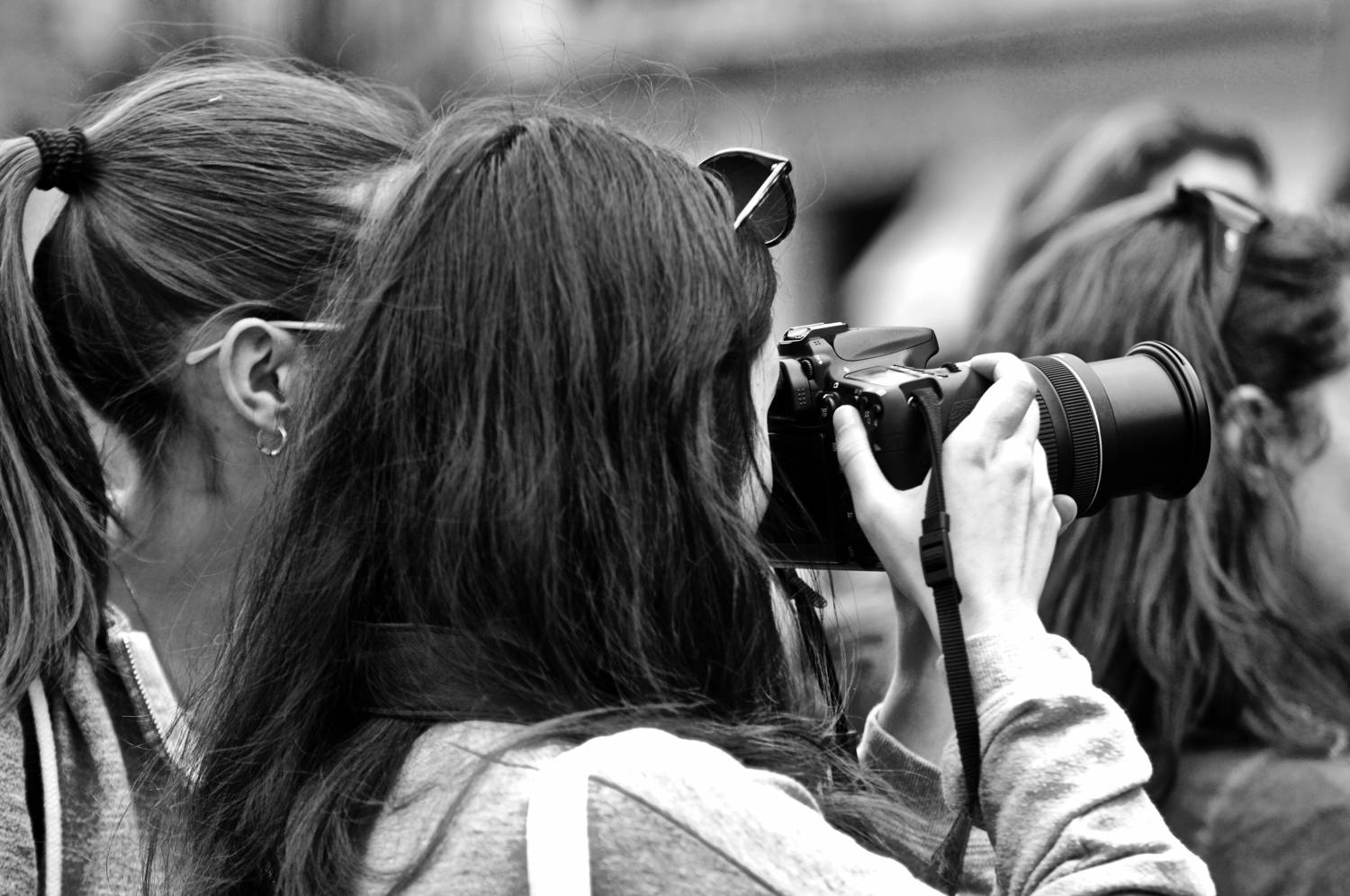
On 11 October the Norwegian Centre for Humanitarian Studies (NCHS), the Humanitarianism Research Group at the Peace Research Institute Oslo (PRIO), and the Department of Journalism and Media Studies at Oslo and Akershus University College of Applied Sciences (HiOA) will host the fourth Humanitarian Studies Colloquium focusing on media.
The Humanitarian Studies Colloquium is a quarterly forum for scholarly discussion of methodological and thematic issues in the emergent field of humanitarian studies, taking place at PRIO. The Colloquium is organized in collaboration with the Humanitarianism Research Group at PRIO, and is open to invited participants. The disciplinary focuses of past colloquiums included history, the sociology of law, and anthropology.
Background
The disciplinary focus of this fourth colloquium will be media.
Media has played a central role in shaping the humanitarian field — and perhaps more specifically, the international community’s representations of the humanitarian field. The media’s role in covering humanitarian issues are manifold: from mediating and mediatizing humanitarian crises, initiating or serving as a platform for alerts about unfolding crises, to reporting on underlying causes of crises. Its power to frame perceptions about the key issues at stake in a crisis, or to spark attention through a carefully selected image are well-known. Humanitarian actors are also well aware of this power of media in drawing attention to crises, and thus attracting more political attention and international donations, as can be seen in the ways humanitarian organizations’ campaigns are organized.
The role of media in covering humanitarian crises and shaping our understanding of them has been studied from many angles: directly, through specific cases, or indirectly, as part of broader attempts to understand humanitarian moral imperatives. Changing dynamics in humanitarian response, as well as an ever-evolving media landscape, also affects the social and political relations between the actors involved – as well as the new actors entering the stage – and thus raises new questions.
In this fourth colloquium, we aim to take stock of studies of media’s role in the field of humanitarian studies and facilitate a discussion with and draw on insights from scholars of media, communication and journalism, and how humanitarian issues have been studied in this field.
Program
Chair: Kristin Bergtora Sandvik (PRIO/UiO)
- Maria Gabrielsen Jumbert (PRIO): “State of the scholarship on media and humanitarian studies: media as an actor, frame, and target of humanitarian organizations’ campaigns”
- Kristin Skare Orgeret (HiOA): “Media coverage of distant disasters: what sparks engagement and action?”
- Roy Krøvel (HiOA): “Norwegian journalism on peace and war in Latin America”
Please contact amacel@prio.org with any questions.





